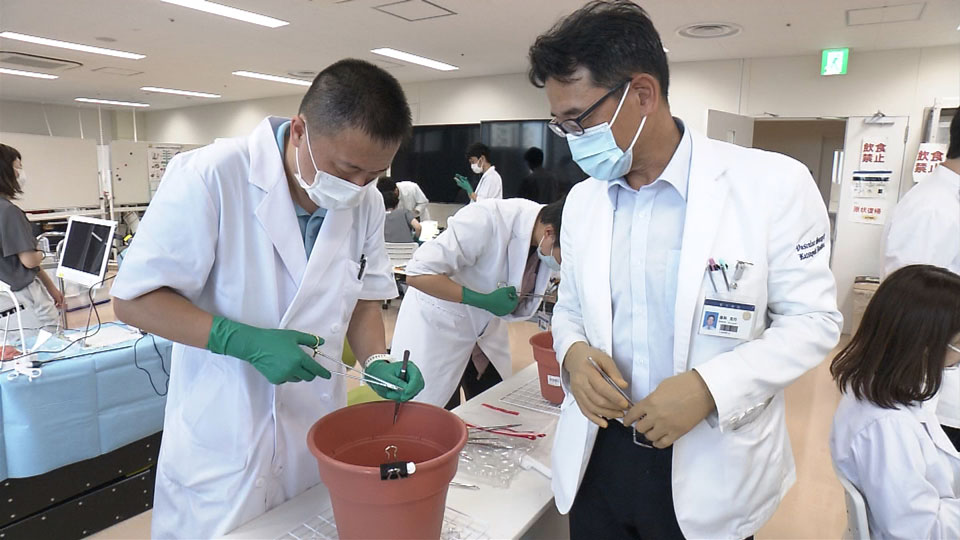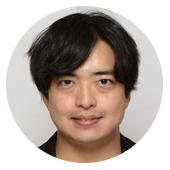The flowerpot method
When surgeons from across Japan gathered at a medical institution near Tokyo for a training session last November, they were presented with a unique exercise: operate on a small flowerpot, about 20 centimeters high and 15 centimeters wide.

An artificial blood vessel was threaded through the holes at the bottom of the flowerpots, and another one connected to it. The surgeons had to cut and stitch, but the small space and limited visibility made it difficult for them to move their hands freely.
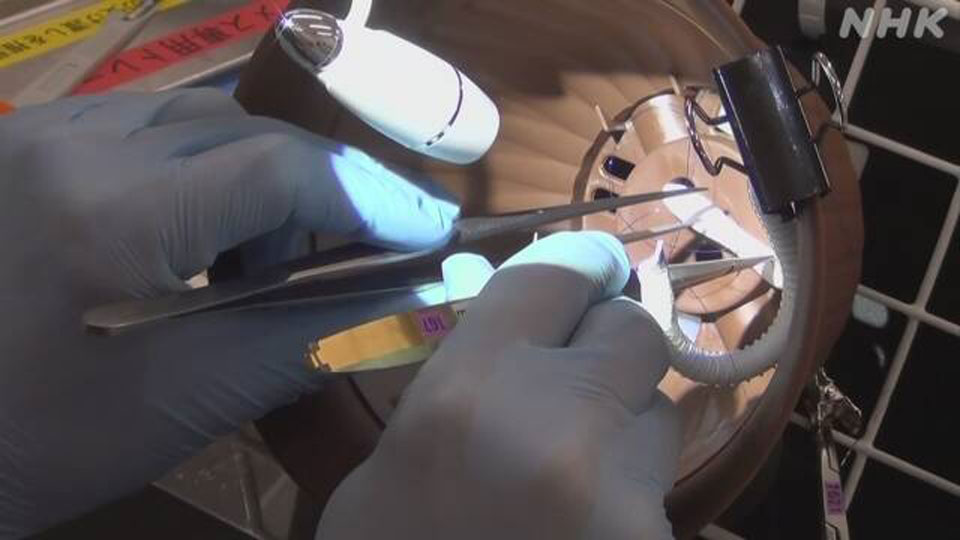
"You work with a limited visual field during surgery," said one veteran participant. "It's a very interesting idea to use a flowerpot to recreate that experience."
The method was created by Dr. Hoshina Katsuyuki, an associate professor at the University of Tokyo Hospital. He trains young doctors in the hospital's department of vascular surgery. Several years ago, he was searching for a low-cost method to teach a challenging procedure called abdominal aortic aneurysm surgery.

Abdominal aortic aneurysm is a balloon-like bulge in the abdomen's main artery. If it ruptures, it can cause life-threatening bleeding and sometimes requires immediate surgery. But the procedure is a difficult one, even for experienced surgeons.
The affected area is behind the small intestine and other organs, which means the doctor's field of vision and range of movement are severely limited. Surgical instruments must be wielded with extreme precision.
As it turns out, these conditions can be reproduced in a flowerpot.

"I occasionally practice by sewing on a flat surface, but using a flowerpot feels different from other training," said one doctor who participated in the training. "This was very difficult, but I think the experience will be useful."
Challenges of surgical training
Surgical training can be expensive. A machine that simulates vascular bypass surgery costs about 140,000 yen, or 1,000 dollars. A similar device that simulates endovascular surgery costs about 5 million yen, or 34,000 dollars.
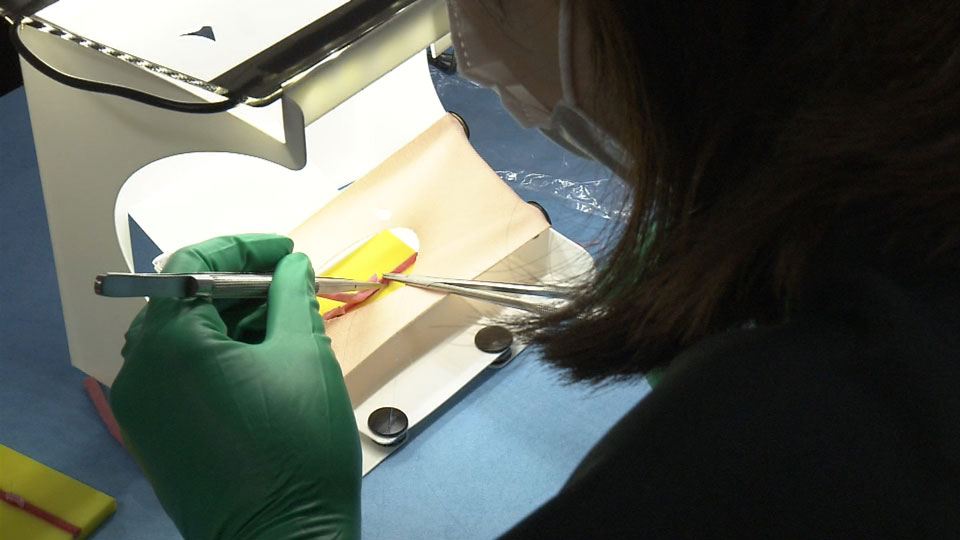
Hoshina says he was trying to think of inexpensive alternatives when he happened upon a flowerpot outside a 100-yen store, Japan's equivalent of a dollar store, near the hospital.
"I was looking for something narrow and deep, and then I spotted this thing," he says. "I looked inside and there was a hole at the bottom. I thought it would be perfect."

Hoshina has been using the flowerpot method for training since 2017 and says it is a good way to gauge skill levels. His team has also developed a web app that records as the surgeons stitch the artificial blood vessels together and evaluates their technique. It analyzes five criteria from the footage, including stitch spacing, length, and balance.
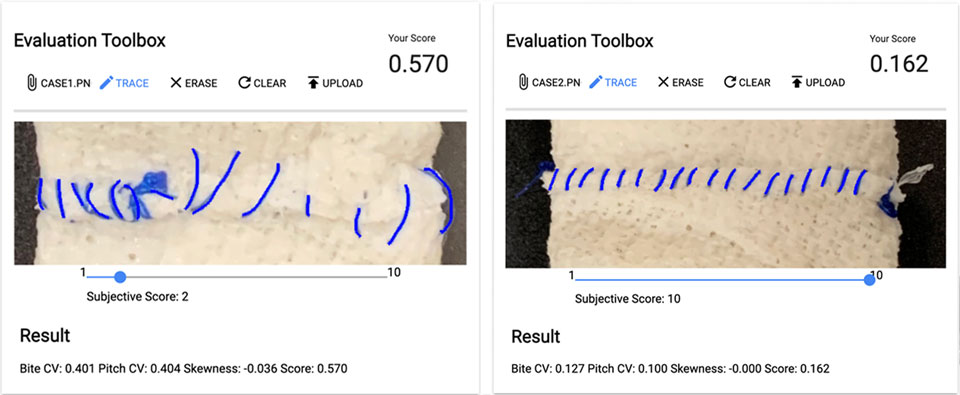
Last year, Hoshina and his colleagues published a paper on the benefits of the method. They showed that after just ten hours of training, medical students displayed better technique and finished faster than they did without using the method. Some were even rated as having skill levels similar to surgeons with five years of professional experience.
Declining profession
Hoshina's breakthrough comes as the number of surgeons in Japan is rapidly decreasing. A recent health ministry survey found a nearly 800-person decline from 2000 to 2020. Among people under 40, the drop was even steeper, with 3,500 fewer surgeons.
Long working hours are believed to be one of the main reasons that fewer doctors are opting to become surgeons. A separate survey by the Japan Surgical Society found that about 40 percent of surgeons under 40 work more than 3,000 hours of overtime a year.

Reform
The government is hoping to address the problem with a measure that comes into effect next April. Annual overtime for physicians will be limited to 960 hours. While this may help entice more doctors to become surgeons, Hoshina is worried hospitals may respond by no longer counting training as part of working hours. If this is the case, he believes the "flowerpot method" can help surgeons learn faster so they can quickly ease the workload of their more experienced colleagues.
"The burden of surgery tends to fall more heavily on mid-career doctors," Hoshina says. "I think my training can help make young surgeons immediately effective in their work."
